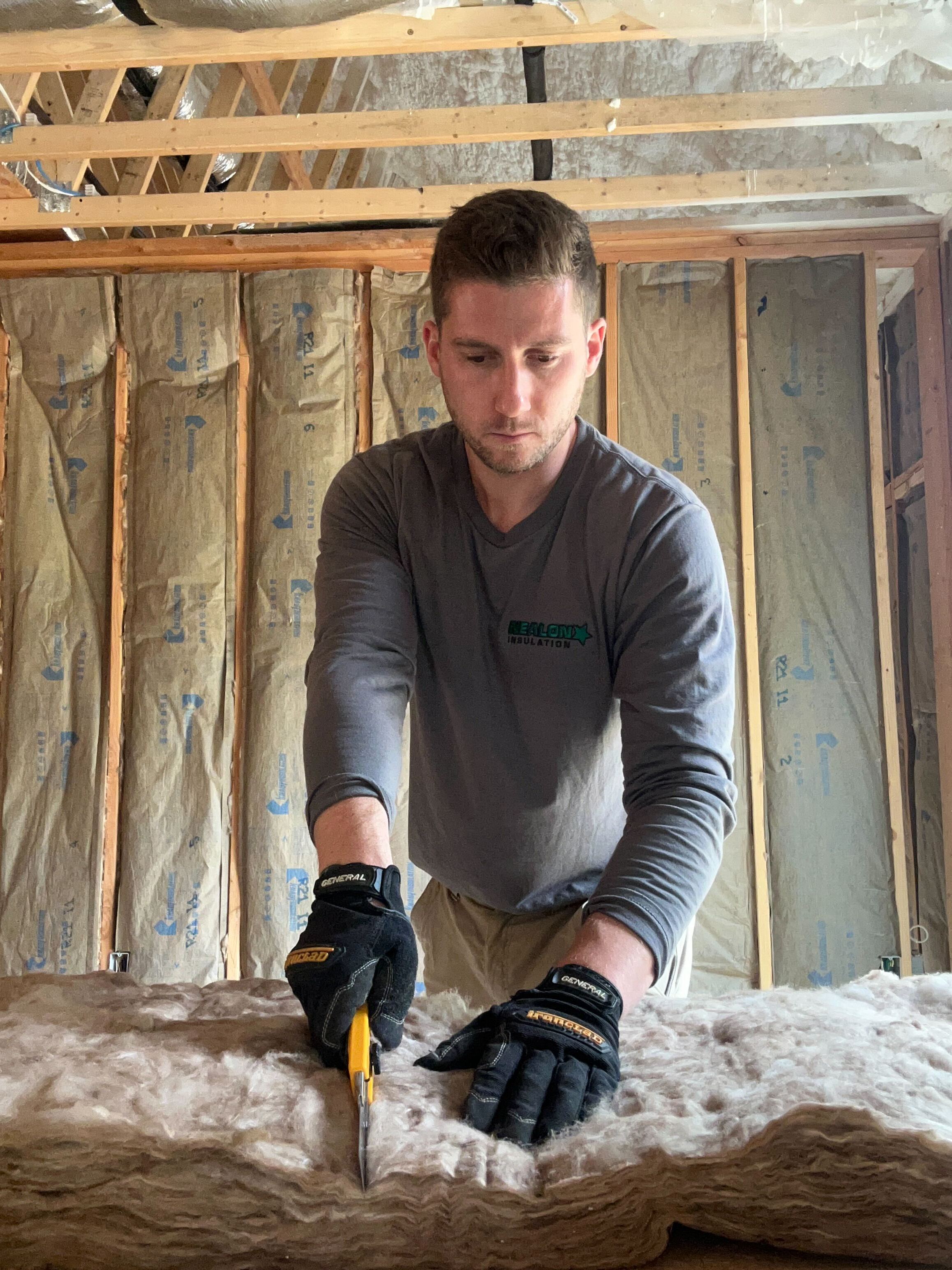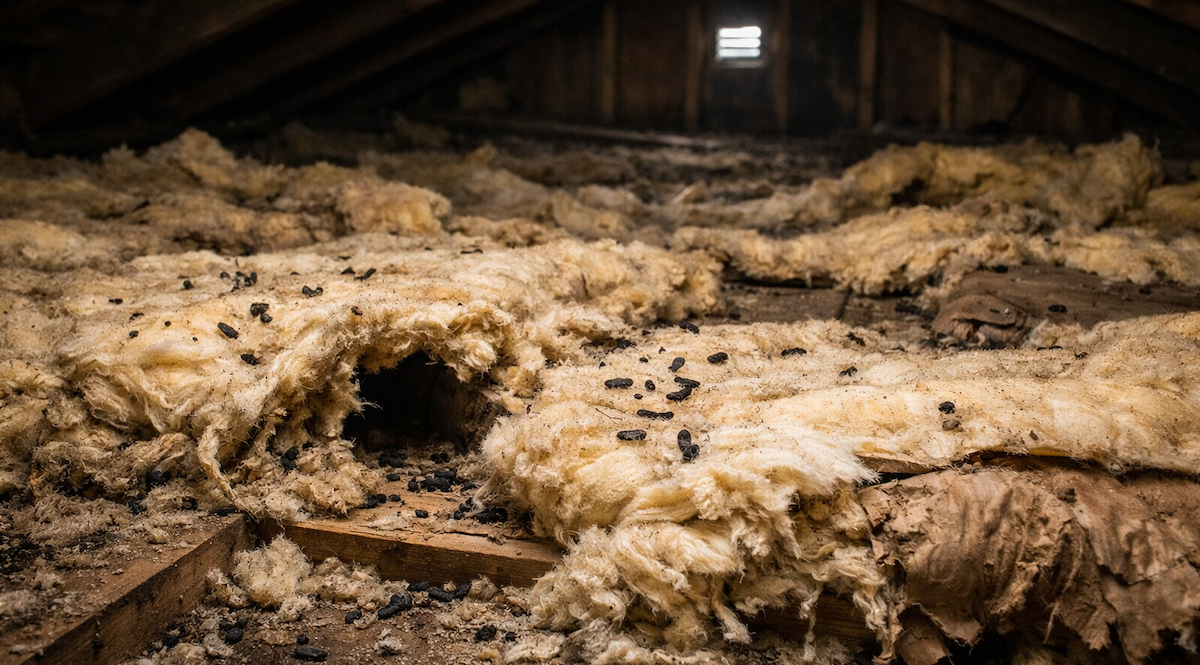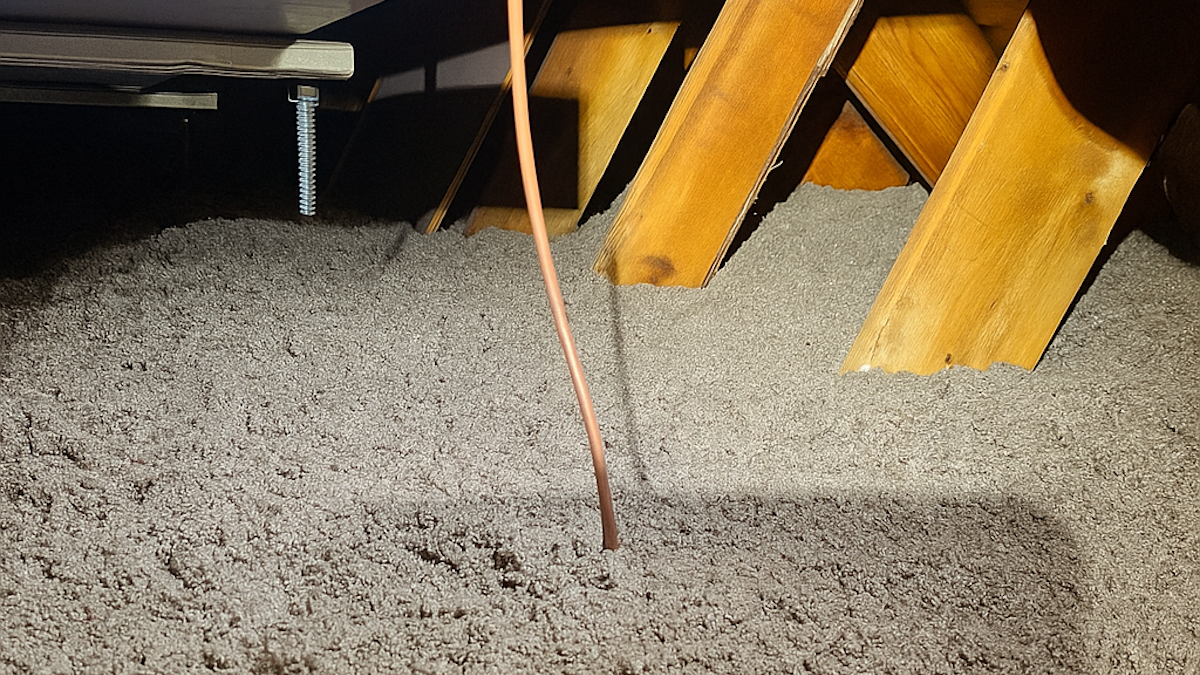The Unique Challenges of Insulating Homes Along the Connecticut Shoreline

If you live near the water, you already know: coastal homes don’t play by the same rules as the ones inland. Salt air, moisture, wind, wild temperature swings—Mother Nature throws everything she’s got at your place. And if your insulation isn’t built for that kind of punishment? You’re going to feel it in your comfort, your energy bills, and your wallet.
Let’s break down the biggest challenges—and how to actually deal with them.
Moisture, Humidity & All the Damp Stuff
Coastal homes are basically moisture magnets. High humidity, sea spray, driving rain—you name it. And when that moisture sneaks into your insulation, it can lead to mold, mildew, and saggy, useless batts over time.
Our fix: Dense-packed cellulose. It manages moisture like a champ—letting the house breathe while keeping the heat and cool air where it belongs. It’s not magic, it’s just good building science done right.
High Winds & Coastal Storms
Nor’easters, hurricanes, gale-force gusts—Connecticut shoreline homes get hit hard. And if your house isn’t air-sealed properly, all that wind will find a way inside, driving up energy bills and making your home draftier than a screened-in porch.
Our fix: Tight air barriers, blown-in cellulose, and proper ventilation. That combo locks down your building envelope, so your home stays warm in a storm and cool when the sun’s baking.
Salt Air—The Sneaky Destroyer
That briny ocean breeze may smell great, but it’s murder on your house. Salt accelerates wear and tear on everything—paint, siding, framing—and it doesn’t stop at your insulation.
Our fix: We use materials that can stand up to it. Cellulose is dense, pest-resistant, and less prone to breakdown than fiberglass. We also install it with care, so you don’t get air leaks that invite salty air into your walls.
Hot Summers, Cold Winters, and Everything In Between
The Connecticut shoreline gets it all—muggy August heat and freezing February nights. Your insulation needs to work both ends of the thermometer, and cheap stuff just can’t hang.
Our fix: Cellulose again (notice a theme?). High R-value. Fills every crack. Keeps you cozy in winter and cool in summer. And it helps flatten out those wild energy bills, too.
Are There Specific Parts of Shoreline Homes That Need Extra Insulation Attention?
Definitely. If you live along the Connecticut shoreline, a few areas of your home are especially vulnerable to heat loss, moisture, and good old-fashioned New England weather. Here are two that deserve special attention:
Crawlspaces: Small Space, Big Impact
A lot of shoreline homes sit on vented crawlspaces or partial basements — and they’re almost always cold, damp, and ignored.
That’s a problem. Uninsulated crawlspaces let cold air sneak up through your floorboards, driving up heating costs and leaving your feet freezing from October to April. On top of that, coastal humidity can lead to musty smells, mildew, or worse.
🧱 Walls in Older Shoreline Homes: Often Hollow (Literally)
Chances are, if your home was built before 1980 and it’s near the coast, those charming walls are hiding a big secret: they’re empty.
We’ve seen plenty of homes in Madison, Clinton, and Old Saybrook with zero insulation in the walls — or a sad handful of fiberglass that’s collapsed over time. That means heat escapes like it’s on a mission, and summer humidity slips right in.
Our go-to for walls is dense-pack cellulose, blown into the wall cavities from the outside or inside (depending on access). It’s a no-demo solution that fills every nook and cranny, adds soundproofing, and dramatically improves comfort — without messing up your historic woodwork or plaster walls.
Moral of the story?
If you’re on the shoreline, don’t just insulate the obvious spots. Pay close attention to crawlspaces and wall cavities — especially in older homes. They might be out of sight, but they’re not out of mind when your energy bill hits.
Why Go with Nealon Insulation?
We’ve been insulating homes along the shoreline since 1977. That’s 48 years of salty air, weird weather, and every attic and crawl space the coast has to offer.
Here’s what makes us different:
🧠 We Know Shoreline Homes
This isn’t our first rodeo. We’ve spent decades dialing in insulation strategies for coastal conditions—and we know what works (and what doesn’t).
🌱 We Specialize in Cellulose
Eco-friendly, moisture-resistant, fire-retardant, pest-deterring... the list goes on. We believe in cellulose because it flat-out performs where fiberglass falls short.
🛠 Custom Solutions, Not Cookie-Cutter Installs
Every home is different. We take the time to walk through your space, figure out what’s actually going on, and build a plan that fixes it right.
🤝 We Stand by Our Work
No half-measures, no cut corners. Our crew shows up, does it right the first time, and makes sure your home is sealed up tight.
Let’s Get Your Shoreline Home Dialed In
Insulating a coastal home isn’t just about slapping some batts in the attic. It takes the right materials, the right methods, and the right team.
That’s us.
👉 Contact Nealon Insulation today for a free consultation. We’ll assess your home, explain your options in plain English, and help you make the upgrades your house needs to stay comfortable and efficient—season after salty season.
At Nealon, we’re not just insulation pros. We’re shoreline specialists. Let’s build you a home that handles the coast like a champ.
Related Articles
Let's Work Together
Ready to transform your home into an energy-efficient haven? Schedule your free energy assessment today and experience the Nealon difference for yourself.



